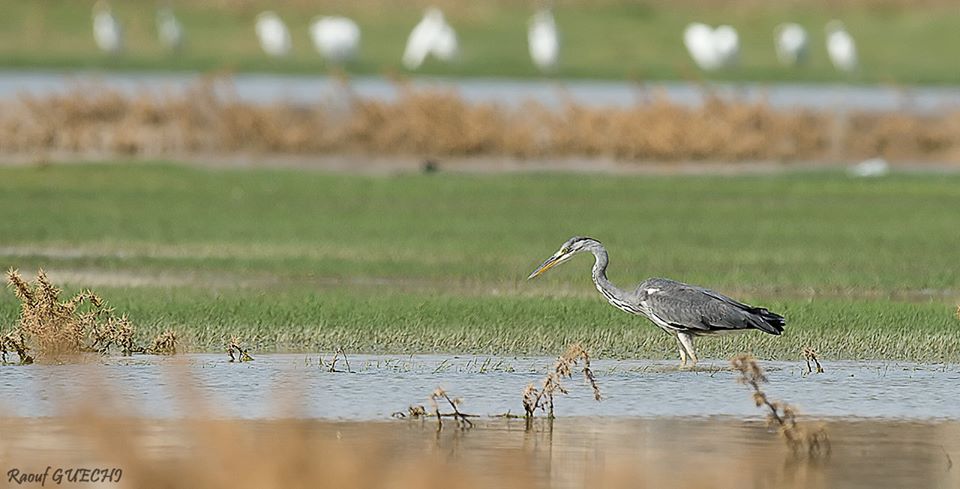Nefla, A. & Nouira, S. 2016. Environmental factors affecting the foraging behavior of herons in Ichkeul National Park, Tunisia. Waterbirds 39: 99–103. doi: 10.1675/063.039.0112
Abstract:
This study was carried out at Ichkeul National Park, Tunisia, during 2009 and 2010. The influence of environmental variables on the foraging behavior of three Ardeid species was studied. Grey Herons (Ardea cinerea) were the least active of the three species, having the greatest resting percentages in 2009 (55.0%) and 2010 (64.9%); they primarily used the “standing and wait” hunting behavior (68.5%). Great Egrets (A. alba) (93.6%) and Little Egrets (Egretta garzetta) (86.5%) primarily adopted a “walking slowly” strategy. Little Egrets also frequently used the “walking quickly” behavior, a more active hunting technique. Both Little and Great egrets varied their hunting behaviors according to water depth. In shallows, they used the “walking quickly” behavior, while in deeper waters they used the “standing and wait” behavior (Little Egret: r = -0.26, P < 0.001; Great Egret: r = -0.44, P < 0.01). For Little Egrets only, high temperature (F = 42.77, df = 1, P < 0.001) and high wind velocity (F = 63.81, df = 1, P < 0.001) promoted an active “walking quickly” hunting behavior, while high light intensity frequently promoted the “standing and wait” and “walking slowly” behaviors (F = 5.48, df = 1, P < 0.05).
